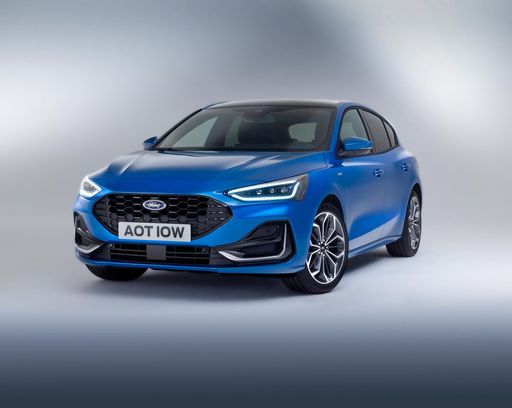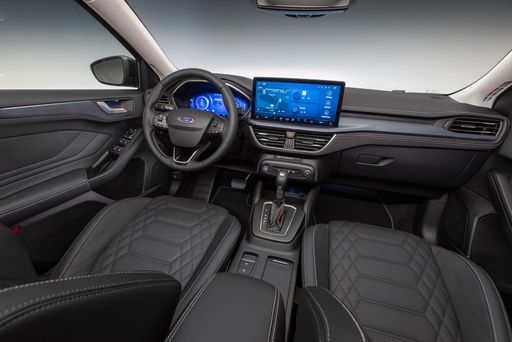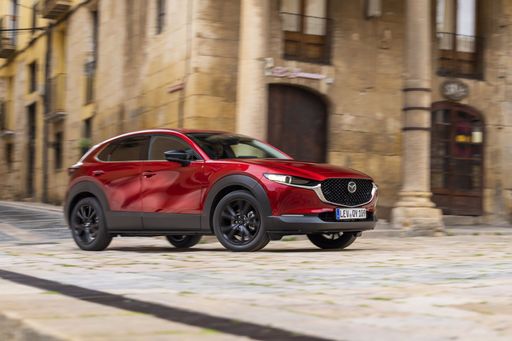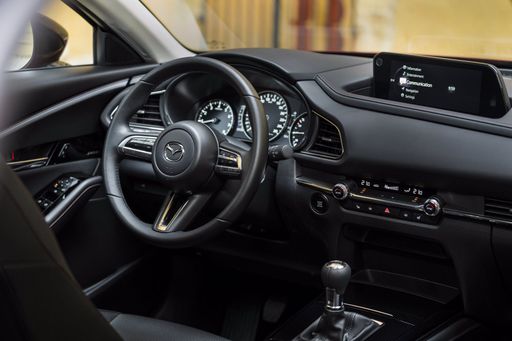Ford Focus vs Mazda CX-30: A Practical Comparison of Two Popular Models
In the competitive landscape of the automotive market, the Ford Focus and Mazda CX-30 emerge as prominent contenders in their respective classes. While the Focus is renowned for its hatchback agility and fuel efficiency, the CX-30 offers a blend of SUV versatility and modern design. In this article, we will delve into the technical aspects, performance, and innovations of both vehicles to provide a comprehensive comparison.







